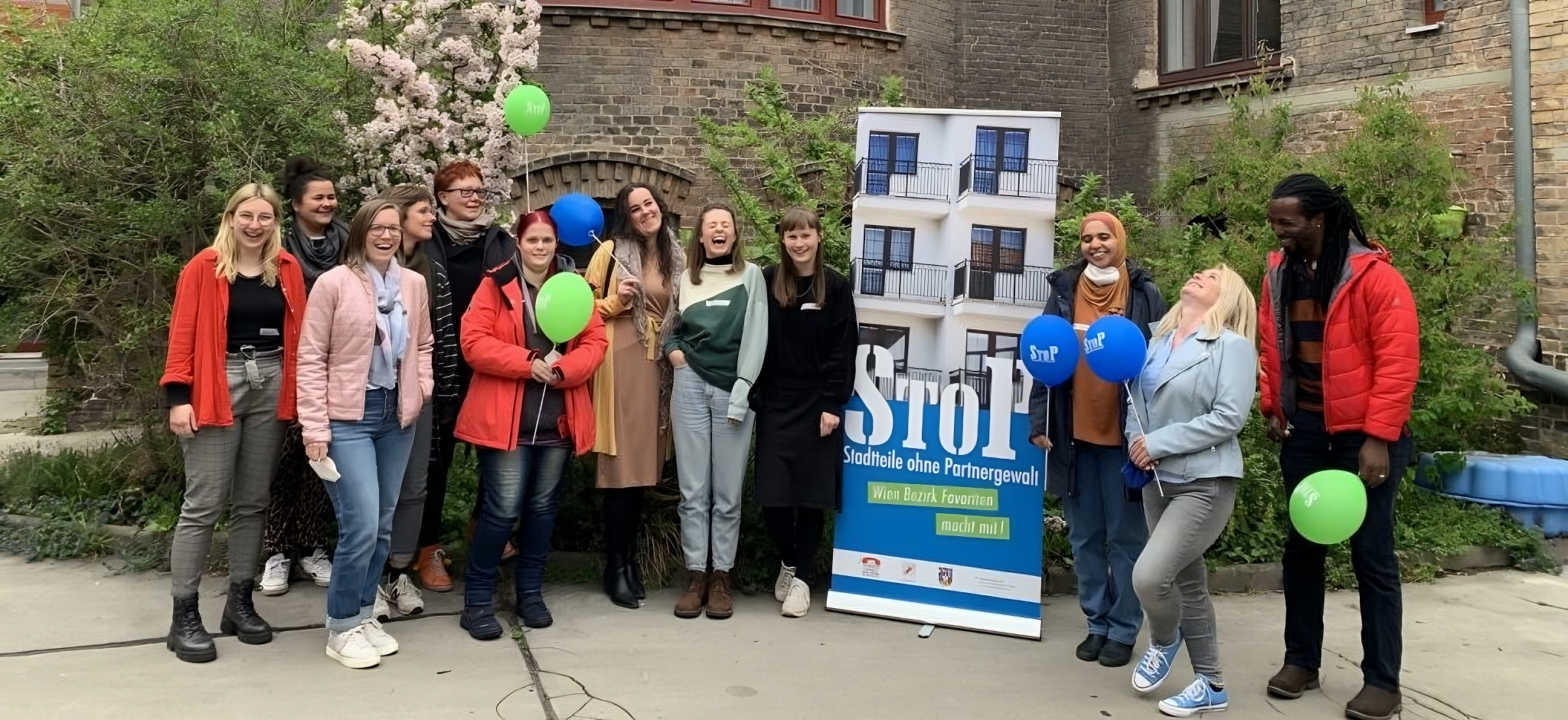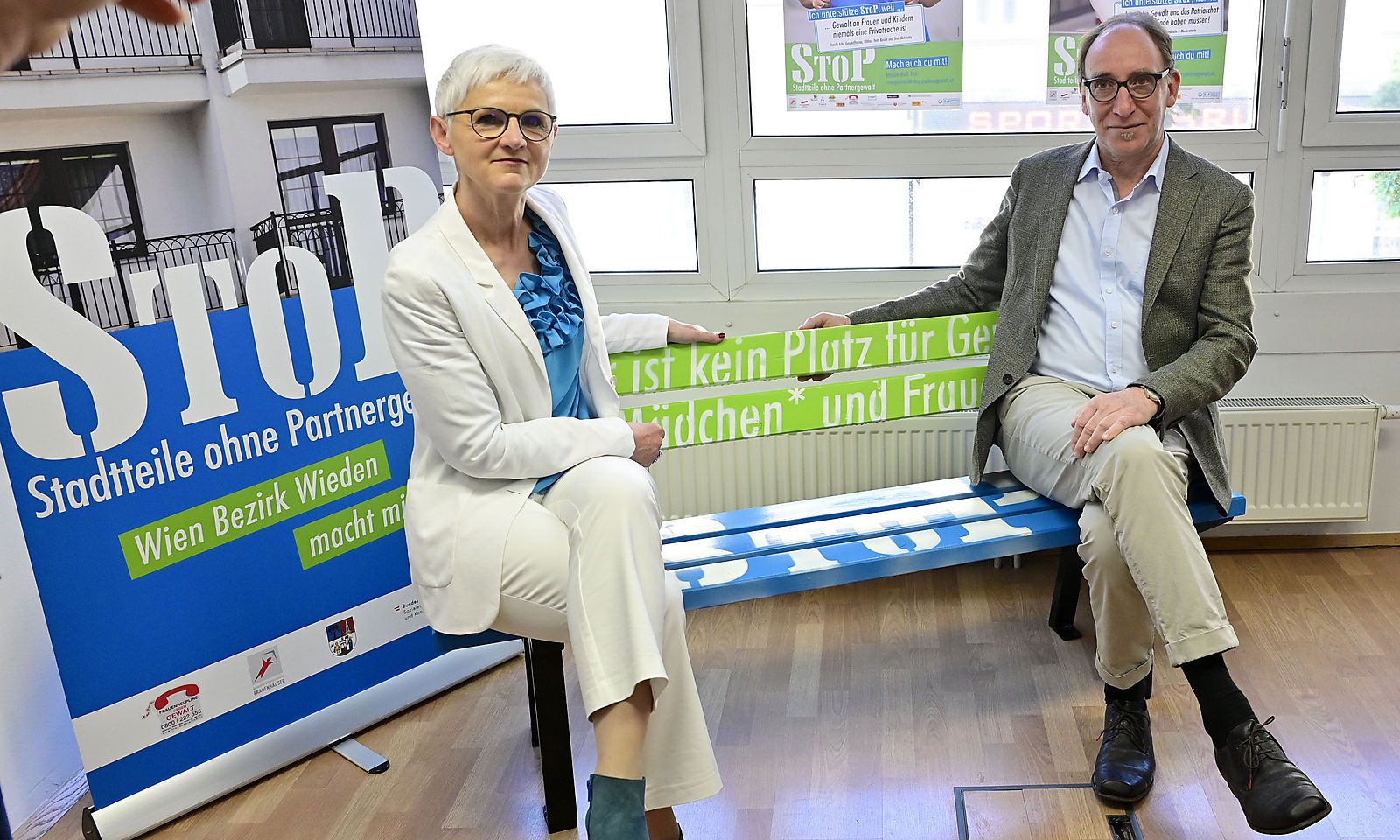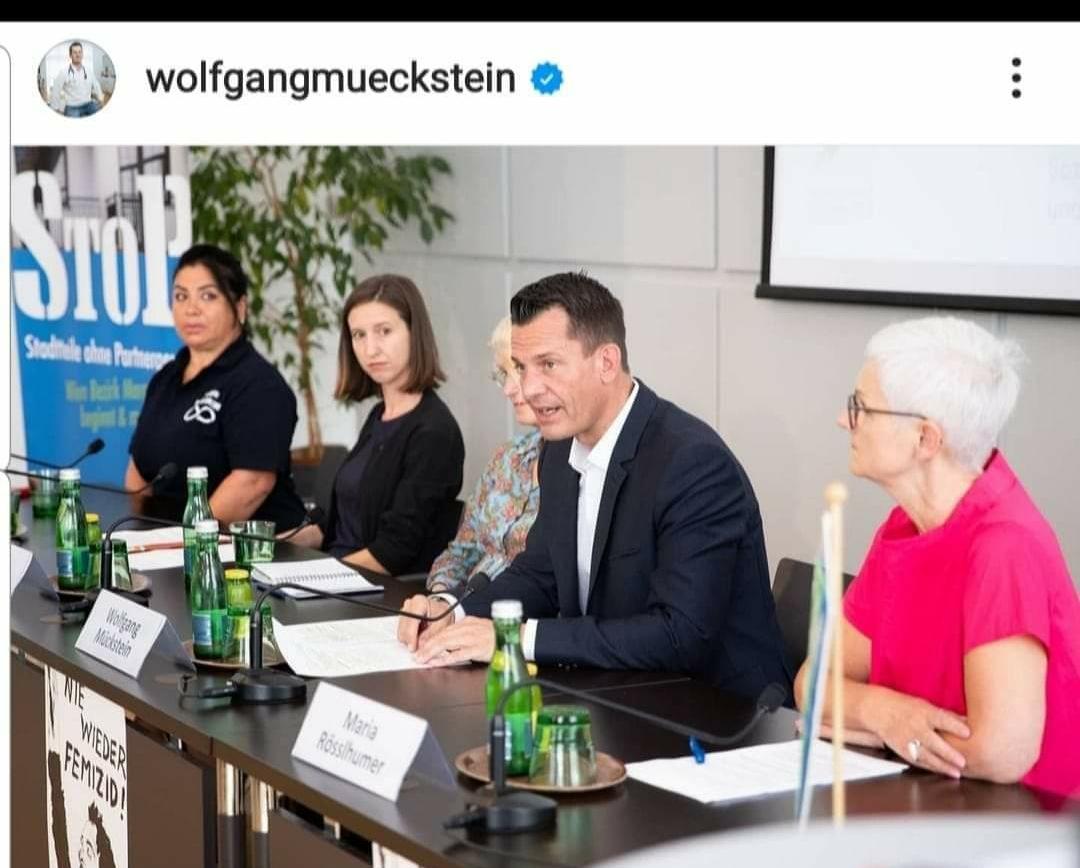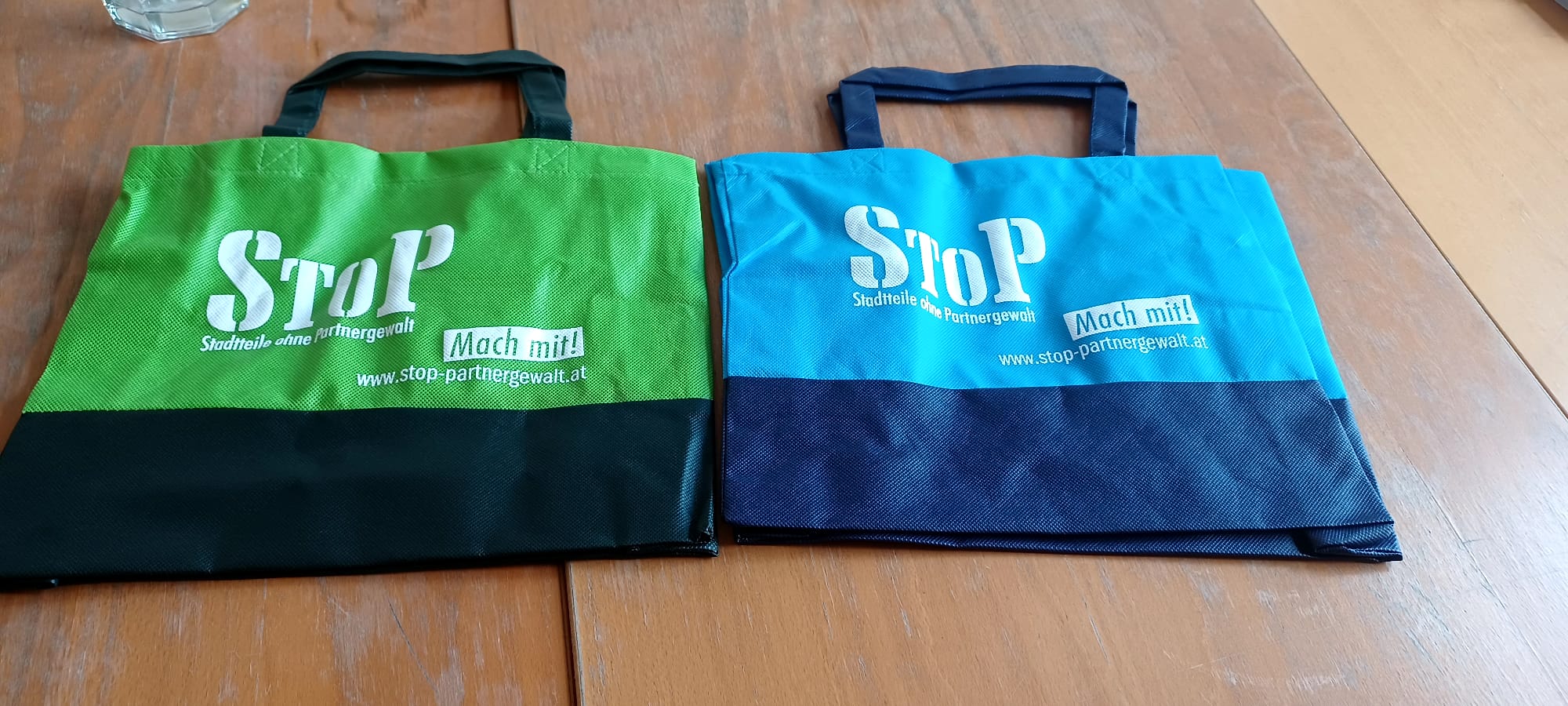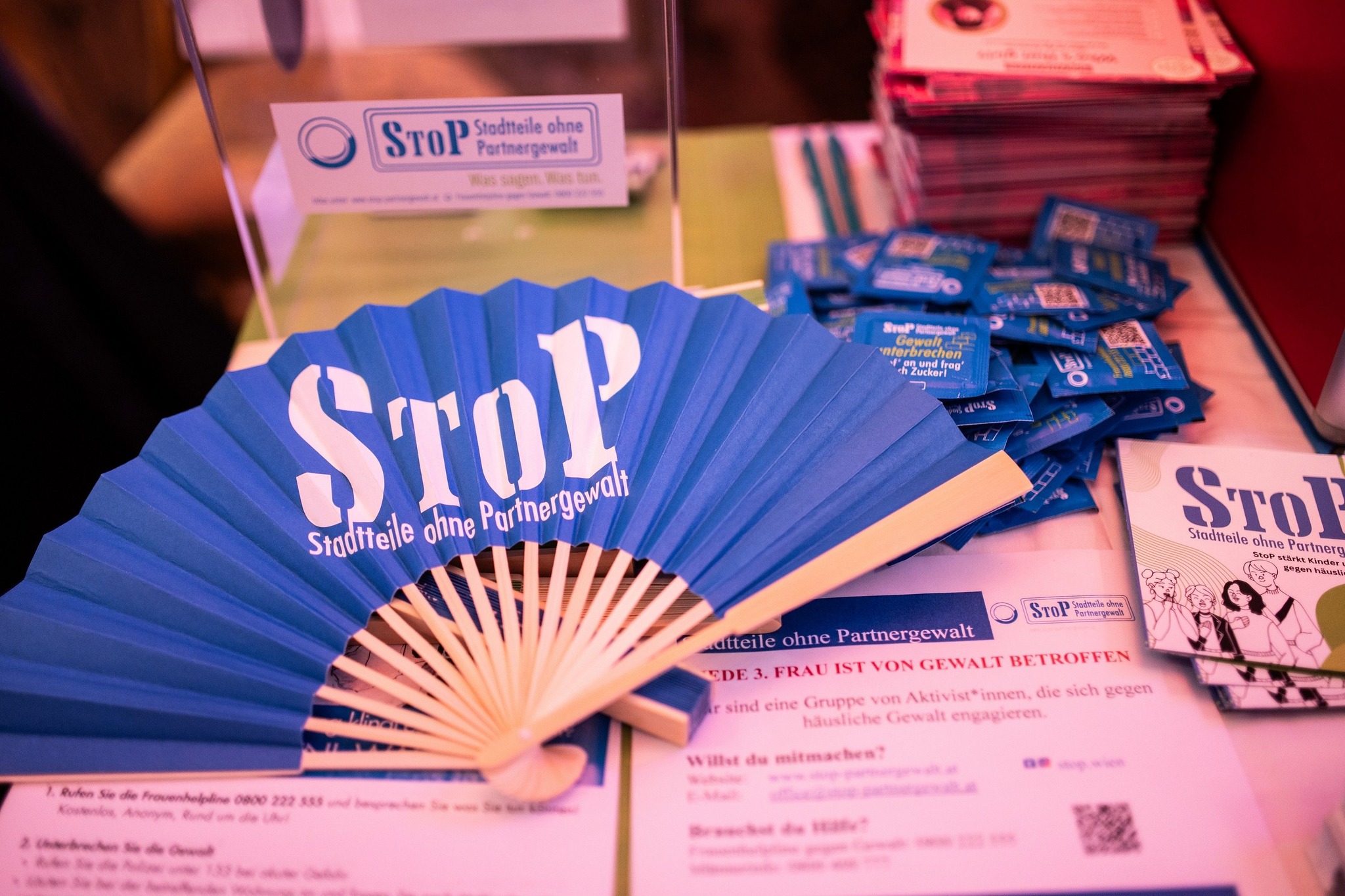WHY
The alarming figures and statistics we showed in chapter 1.1 confirm the fact that male violence against women is the biggest human rights violation worldwide. The underlying problem the structural dominance of men and discrimination against women, coupled with traditions and cultural practices that continue to transport and reinforce stereotypical, binary gender images to this day. Added to this are misogyny and deep-seated contempt towards women and all people who do not fit into the patriarchal norm.
At last, through the ratification of the Istanbul Convention in several European countries and other resolutions, violence against women was perceived as a political issue. Violence against women therefore concerns everyone in society, including men.
This is exactly where StoP comes in and encourages, motivates people to make a contribution to violence prevention. According to the motto: everyone can “say something and do something”.
Initiators of StoP should always consider the Istanbul Convention coupled with the holistic approach in all activities of StoP community work against domestic violence.
WHAT
First of all, initiators are needed, e.g. an organization that can set up the human and financial resources for StoP community work.
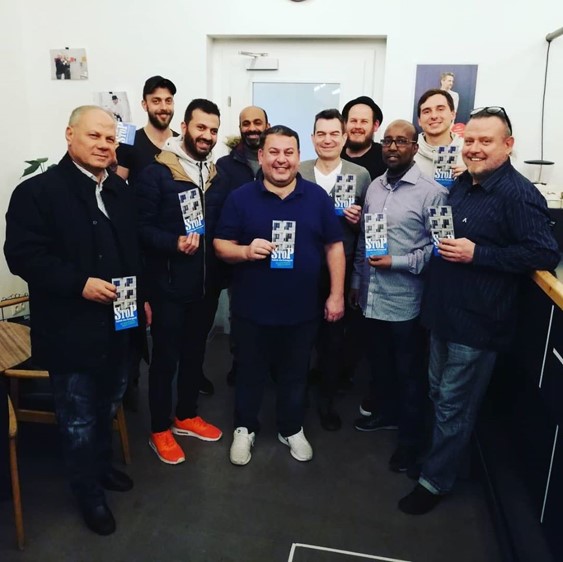
Prerequisites
- financial and human resources must be guaranteed, ideally funding that exceeds to two years trained and certified StoP Initiator
“No StoP project should be started without a genuine interest in content and a clear decision by a local StoP initiator and financial security for at least two or three years. This decision must be prepared, resources and competencies of the institution must be analyzed and expanded. In particular, there is a need for staff who are trained in the StoP approach and who have gender competence, in-depth knowledge of gender-based violence and community organising.”
- StoP initiatives and StoP organisers – require StoP staff to be interculturally competent and anti-racist, as well as knowledgeable about discrimination and privilege. Feminist attitudes and a clear and unequivocal stance against all forms of violence against women are required.
- StoP initiators and organisations need community knowledge and connections, i.e. they need to have been active in the community for some time, be embedded in local structures and networks, and be known to the population. It is also helpful if they have experience of working with different communities. Companies, cultural associations, churches or sports clubs are also communities, and if they have already carried out awareness-raising work on violence against women, this is also considered community work.
- StoP initiators should be and shpuld work with persons of all age, sex, gender, ethnicity and ability backgrounds.
- StoP works virtually everywhere because domestic violence against women is a global, national and regional phenomenon.
It is also advisable to organise a kick-off event at the beginning, which can be a press conference or an information event for all important people in the district.
The implementation of all 8 StoP action steps requires good planning in terms of content and timing.
Challenges
Through the lack of anonymity in more rural area's community members may be hesitant to talk openly avout domestic violence. Another problem can be the 'closing of ranks' among men – a sentiment of having to protect each other. On the one hand, those affected in rural regions experience even less protection and support than in urban areas, while on the other hand, StoP is important in rural regions for this very reason!
OBJECTIVES
- Implementing the Istanbul Convention through primary prevention, awareness raising and engaging the civic society
- Bringing about sustainable social change and general social rethinking
- Seeking funding from a variety of sources – starting with government – ministries – cities and communities, corporations, foundations and other funding agencies.
- Expanding StoP nationwide, including in more rural areas
- Dispelling myths of violence, changing attitudes, values and opinions from the bottom up
- Breaking the taboo around domestic violence and encouraging people to speak out, seek help and act in solidarity with survivors
- To achieve the inclusion and active participation of all genders in violence prevention and intervention.
Time and people needed
Up to 1 year for first results, as many community members as possible.
Target groups
- Residents, neighbours
- Politically active people - starting with the mayor, city councilor or district councilor
- Local NGO
- Local leaders and multiple stakeholder
- local businesses
- Men as allies
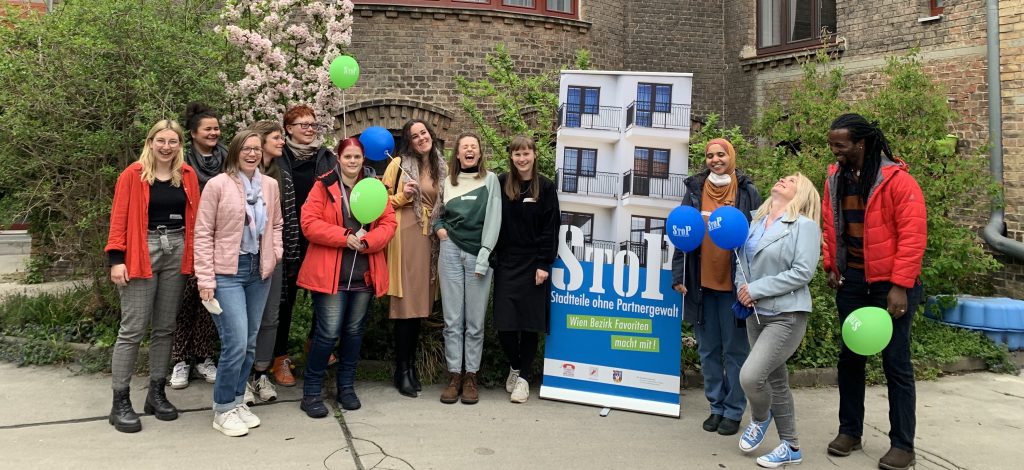
Material
- Funding
- Staff
- Premesis
- StoP outreach materials (flyers, labels, posters and information material)
- StoP banner
